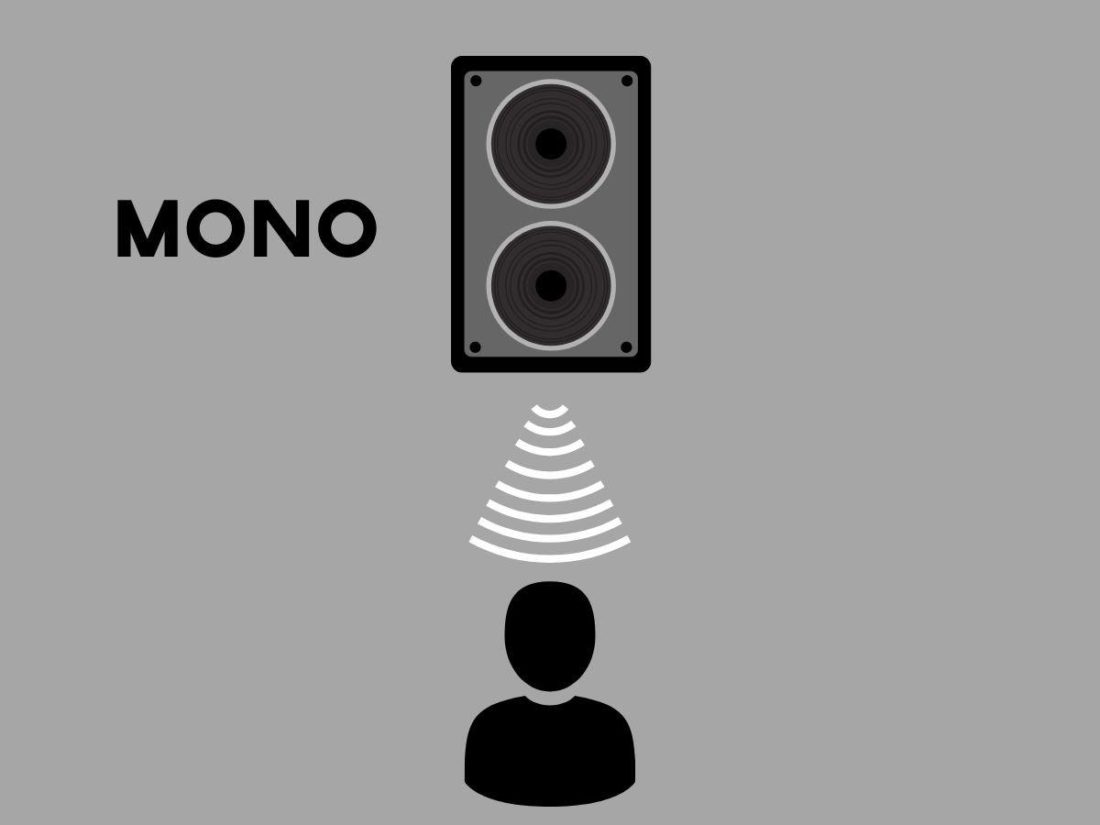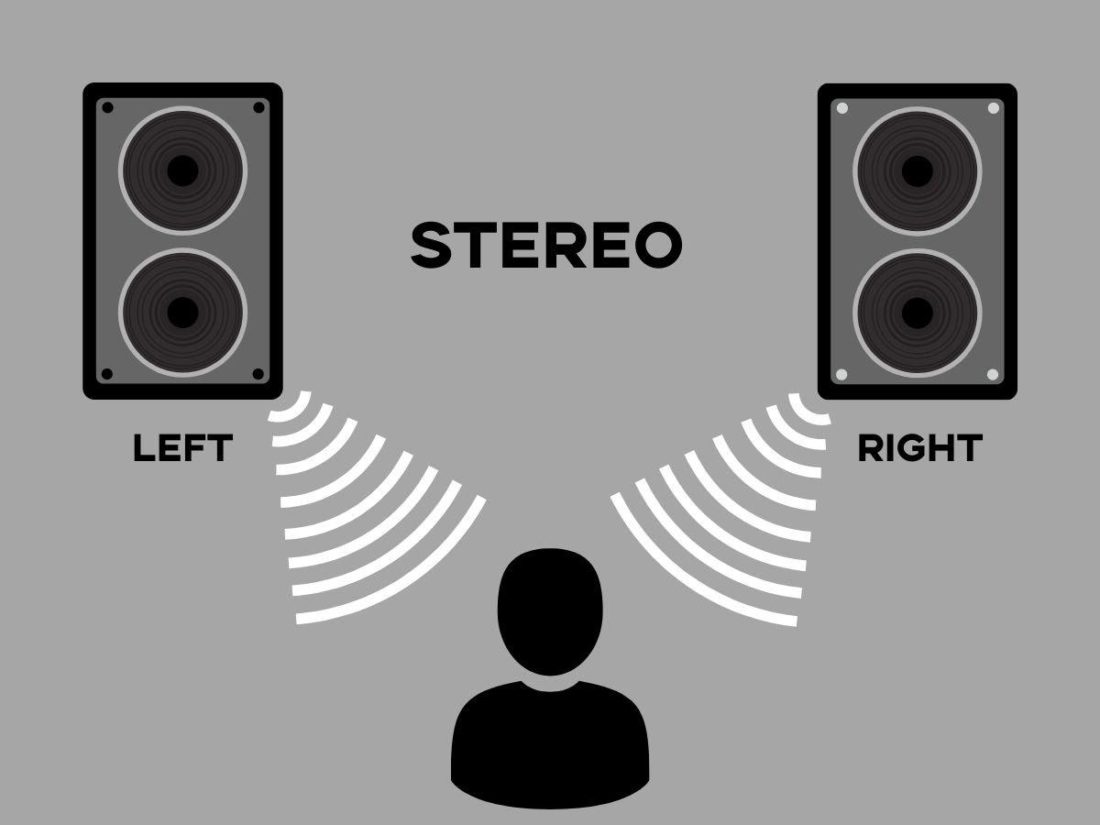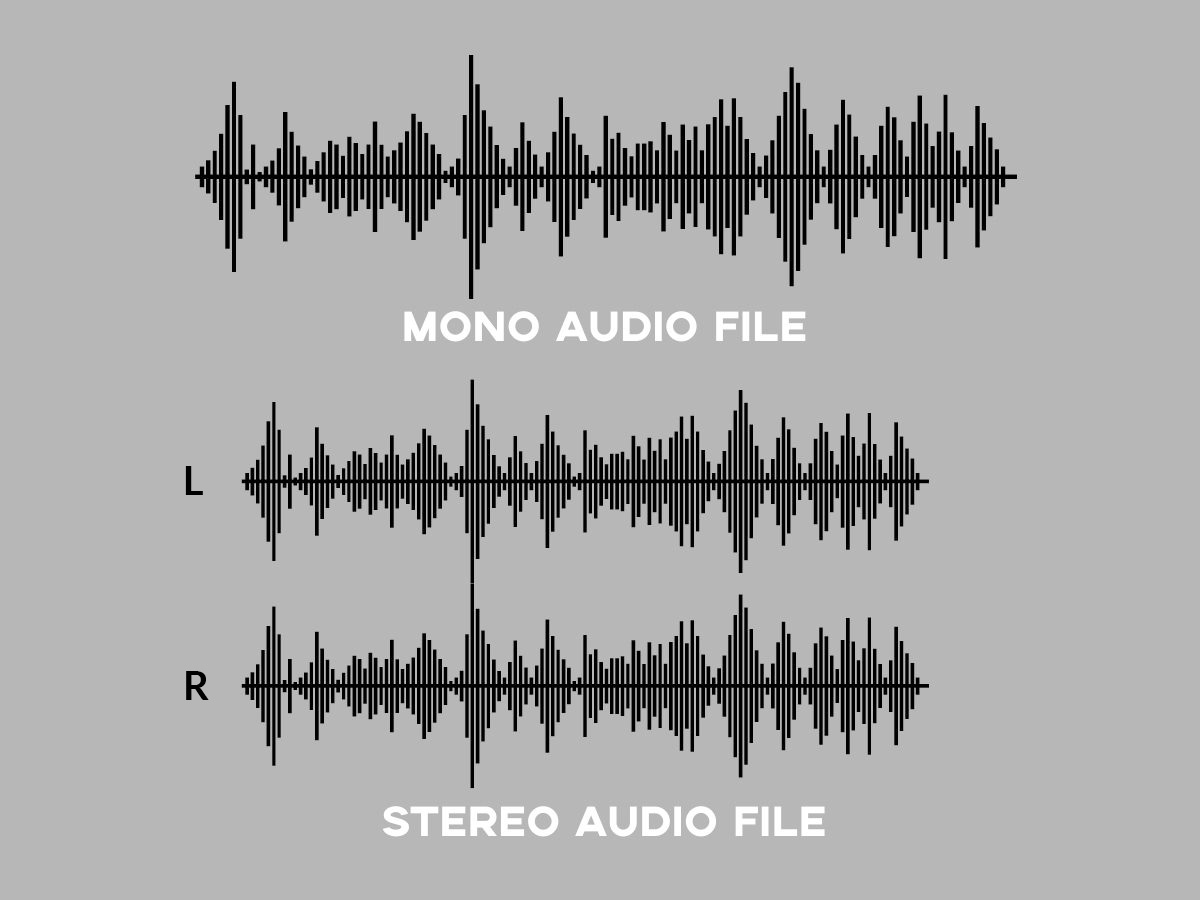Whether you’re a casual music listener, an amateur recording artist, or dabbling in sound production, one constant thing is the desire to get the best out of your audio. Often part of that discussion is whether mono or stereo audio is best to achieve that. It’s easy to say that stereo is best since it’s the most used option nowadays. But, if that’s the case, why do some people still go for mono? Surely, there must be times when it’s better to choose the latter, right? The problem is that the answer often gets lost in technical jargon that leaves us even more confused. That’s why, in this article, we aim to clarify the definitions a little more through simpler explanations. And hopefully, we can help you gain a better understanding of whether mono or stereo audio is for you. So, let’s get to it!
What Is Mono Audio?
“Mono” is short for monophonic or monaural, which means “one sound”. This refers to mono audio having just one audio signal that uses just one audio channel for playback or recording. Mono audio tends to sound flat, narrow, and less dynamic. This is because all the audio elements are squished onto the same channel and played at the same volume. It typically sounds like it’s coming from a single point on a 2D plane, usually the front or center. Mono audio might sound like an outdated concept for some, but it remains widely used to this day. Currently, mono audio is still used on accessibility features for the hearing impaired, PA systems, AM broadcasting, and phone speakers.
What Is Stereo Audio?
“Stereo” is short for stereophonic. It originates from the Greek word “stereos”, which means “solid, firm, and three-dimensional”. Stereo audio has two audio signals designed for two separate audio channels, which creates a perception of space. It’s also the default setup that most headphones use. Stereo audio typically sounds fuller and more dynamic because it isn’t limited to a single audio channel. By using more than one channel, all the different elements and layers on a track have more space to shine. And that results in a more detailed, realistic, and 3D-like sound quality. To achieve this, stereo audio is recorded using two microphones. Each microphone is placed at different positions relative to the audio source to achieve slightly different recordings of the same sound. This is called “true stereo”. However, you can also create stereo audio from a mono audio input. Referred to as “pseudo-stereo”, this type uses audio software to duplicate mono tracks and add effects. You can also pan the audio from left to right to further add to the feeling of spaciousness.
Stereo vs. binaural vs. spatial
If you’ve read up on stereo audio, you’ve probably come across binaural and spatial audio, as well. All three types offer more immersive listening than mono but in very different ways. Here’s how each audio type differs:
Stereo: As mentioned, stereo sound consists of two audio signals. As such, stereo sound is usually perceived as coming from the left to right. Binaural: This is recorded using a dummy head with microphones outfitted in both ears. The dummy head is then placed in a room or space that’s set up to record live music or sound to capture it the way we would hear it in real life. It’s also often used in professional ASMR recordings. Spatial: Spatial audio is somewhat like virtual surround sound and uses 3D audio software to process regular stereo audio. It adjusts frequency levels and tracks the movement of your head to make sure you’re getting a consistent 360-degree listening experience.
The Differences Between Mono and Stereo for Audio Playback
Mono and stereo audio are noticeably different in how they sound. Here are the main differences that you can expect from both types:
Which should you go for?
Since stereo audio offers more immersive listening that’s simply more appealing to the ears, most people choose it over mono. However, there are specific instances that require switching to mono audio, and these depend on the following:
The audio file
Some audio files are made specifically for mono or stereo listening. One way to tell is by opening the audio file on a program like Audacity to check if the file has two waveforms (stereo) or just one (mono). You can still play a mono audio file on a stereo setup. But keep in mind that playback will occur in dual mono, wherein the audio signal is just duplicated and played simultaneously on the left and right channels.
The type of headphones
Monaural or single-earbud headphones use only one earpiece or speaker for audio. If you try listening to a stereo audio file on these headphones, you’re essentially going to miss out on some sound details since the left and right audio signals aren’t identical. For instance, some stereo mixes may feature audio elements that can only be heard on either the left or right side. Plus, other elements may sound louder on one side versus the other. Switching to mono audio ensures the entire track is heard on both earbuds or speakers. That said, if you use monaural or single-earbud headphones, have a hearing impairment in one ear, or perhaps have a tendency to share your earphones a lot, it’s best to stick to mono audio.
Preferences
Sometimes, instrumental elements or vocals may sound too distant for your liking in stereo mode, especially if you’re using headphones or a multi-speaker setup. Other times, you may even hear only music but not voices. In some cases, this can be caused by phase cancellation. This occurs when two out-of-sync audio signals cancel each other out, resulting in hollow or weak-sounding audio. In this scenario, you may want to switch to mono audio to bring all audio layers to the forefront, regardless of the audio channel they’re played on.
The Differences Between Mono and Stereo for Recording
The equipment and recording process for mono and stereo audio are quite different. Here are the main differences to keep in mind:
Which should you go for?
Both mono and stereo audio for recordings have their advantages and disadvantages. And the choice between the two depends on your preferences or what you want to hear. The downside is that all frequencies are played at the same loudness so it sounds less impactful on multi-track recordings. You’re also limited to a smaller soundstage. But, if you want to record solo vocal tracks or a solo instrument, mono is the better choice. This is because you get more focused and balanced-sounding audio that sounds great on single-track recordings. The drawbacks of recording in stereo audio are that it requires more equipment, making it more expensive. You’ll also need a good amount of technical knowledge and understanding of sound perspective to get the best results. Ultimately, it’s best to go with stereo audio if you want to record with many acoustic elements – like a live music performance or reverberant instruments such as a violin or guitar. This allows you to capture subtle audio details. It also lets you edit different tracks separately, to fine tune those details even further using the equalizer and other effects, without affecting the others. With this, you get a more accurate, dynamic, and realistic sound.
Can you combine mono and stereo audio when recording?
Some people may find stereo better for both listening and recording. More so if they enjoy a wider soundstage. But by using both mono and stereo elements, you can make your recordings sound even better. This is done by recording a track’s main elements, like lead instruments and vocals, in mono, and the other supporting elements in stereo. You can then spread them throughout the stereo field or stereo image by panning the audio left, right, and center. It’s an important technique that allows you to create recordings that sound powerful and dynamic, yet clear and spacious.
Conclusion
Overall, mono or stereo audio is not categorically better than the other. Both audio types serve a purpose. And both have characteristics that can benefit your listening experience and recordings if you know how and when to use them. Ultimately, this all depends on your preferences: what sounds good to you and where your creativity takes you. Hopefully, we’ve removed all confusion and addressed all concerns to help you figure out what will work best for you. How did you find our article? Do you have any thoughts or experience in working with mono or stereo audio? Or do you have a specific preference? We’d love to hear your opinions, so leave us a comment below!


